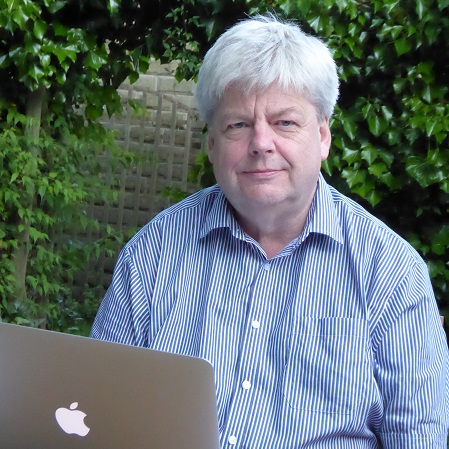John Rodenburg is internationally recognised for his work on revolutionising the imaging capability of light, X-ray and electron transmission microscopes. During a Royal Society Research Fellowship that he held at the University of Cambridge, he was the first to demonstrate theoretically and experimentally that processing multiple patterns of radiation scattered from a continuous, non-periodic object of indefinite size could solve the so-called ’phase problem’. The technique – called ptychography – can compute near-perfect images without using a lens. This is crucial for imaging at atomic-scale wavelengths (X-rays and electrons) for which good lenses are very difficult to manufacture.
His more recent work at the University of Sheffield has greatly reduced the computational requirements of ptychography, and has brought about other key innovations, such as its ability to account for multiple scattering effects in thick specimens.
Ptychography is now adopted at most X-ray synchrotrons around the world and is having a growing impact in electron microscopy. Its ability to generate very high contrast phase images is also used in conventional lens-based optical microscopes to image living biological cells.
Professional position
- Professor of Computational Microscopy, Department of Electronic and Electrical Engineering, University of Sheffield
Subject groups
-
Computer Sciences
Numerical computing
-
Astronomy and Physics
Condensed matter incl softmatter, liquids, nano-materials, Lasers and optoelectronics
-
Engineering and Materials Science
Instrumentation, Materials science (incl materials engineering)

